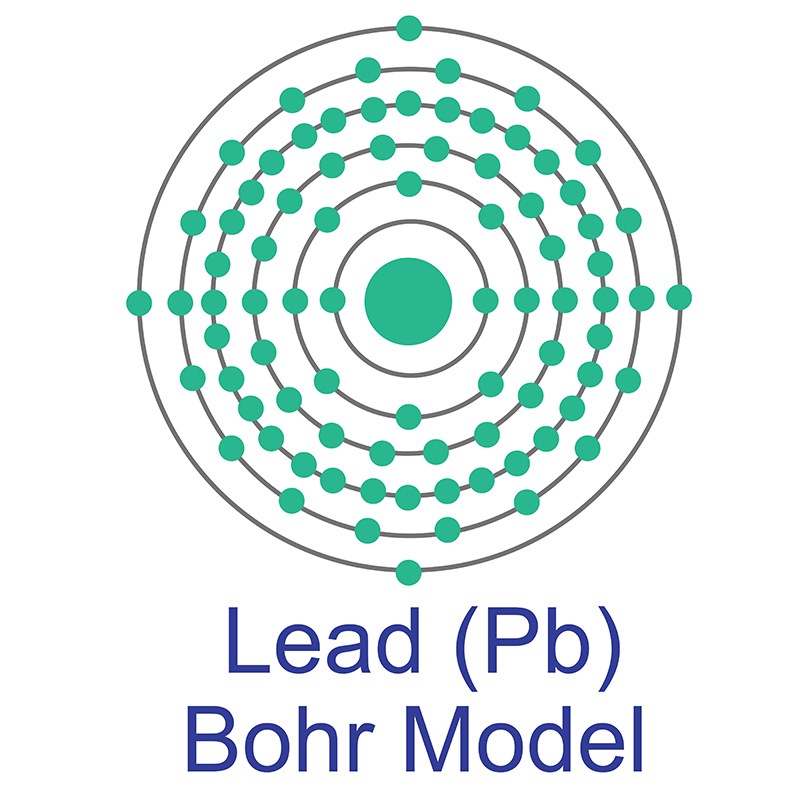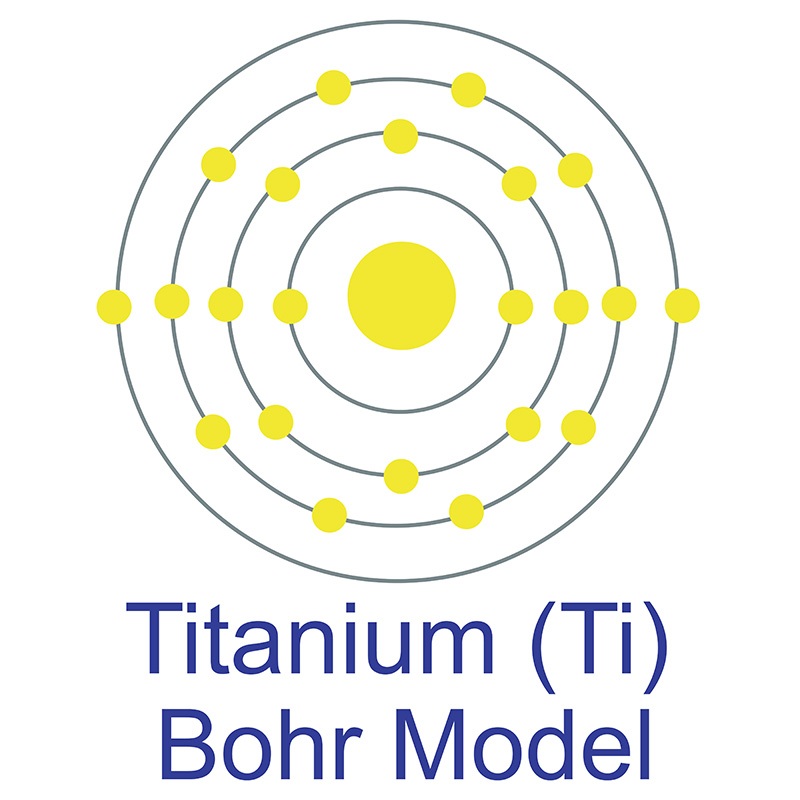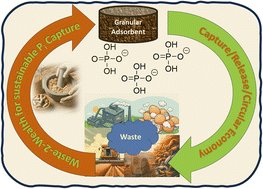SECTION 1. IDENTIFICATION
Product Name: Lead Lanthanum Zirconium Titanate Sputtering Target
Product Number: All applicable American Elements product codes, e.g. PL-ZRTAT-02-ST
, PL-ZRTAT-03-ST
, PL-ZRTAT-04-ST
, PL-ZRTAT-05-ST
CAS #: 12676-60-7
Relevant identified uses of the substance: Scientific research and development
Supplier details:
American Elements
10884 Weyburn Ave.
Los Angeles, CA 90024
Tel: +1 310-208-0551
Fax: +1 310-208-0351
Emergency telephone number:
Domestic, North America: +1 800-424-9300
International: +1 703-527-3887
SECTION 2. HAZARDS IDENTIFICATION
GHS classification of the substance/mixture
Physical hazards: Not classified
Health hazards: Not classified
Environmental hazards: Not classified
GHS label elements
Hazard Pictograms: No symbol
Signal Word: None
Hazard Statement: None.
Precautionary statements
Prevention: None.
Response: None.
Storage: None.
Disposal: Dispose of contents/container in according to local regulations.
Other hazards: Avoid dust formation.
SECTION 3. COMPOSITION/INFORMATION ON INGREDIENTS
Chemical name / CAS Number / Concentration (%)
Lead Lanthanum Zirconium Titanate / 12626-81-2 / 100%
SECTION 4. FIRST AID MEASURES
Inhalation: Remove to fresh air.
Skin contact:
Immediately wash skin with plenty of soap and water for 15 to 20 minutes, while removing contaminated clothing and shoes. Get medical attention if irritation develops or persists.
Eyes contact:
Immediately flush eyes with plenty of water for at least 15 to 20 minutes. Ensure adequate flushing of the eyes by separating the eyelids with fingers. Get immediate medical attention.
Ingestion:
Rinse mouth with water. Call a physician or poison control center immediately.
Most important symptoms and effects, both acute and delayed:
The most important known symptoms and effects are described in the labelling
(see section 2) and/or in section 11.
Indication of any immediate medical attention and special treatment needed:
Treat symptomatically.
SECTION 5. FIREFIGHTING MEASURES
Extinguishing media:
Suitable extinguishing media: The product is not combustible.
Unsuitable extinguishing media: Direct water stream that will cause fire expansion.
Special hazards arising from the substance or mixture
Thermal decomposition can lead to release of irritating gases and vapors.
Special firefighting methods and special protective actions forfire-fighters
Special Fire Fighting Procedures
Evacuate area of unprotected personnel. Fight advanced or massive fires from
safe distance or protected location. Use water to keep fire exposed containers
cool and disperse vapors. Keep run-off water out of sewers and water
sources.Dike for water control.
Protective equipment for fire-fighters
Self-contained breathing apparatus and full protective clothing must be worn in
case of fire.
SECTION 6. ACCIDENTAL RELEASE MEASURES
Personal precautions, protective equipment and emergency procedures:
Ensure adequate ventilation.
Avoid dust formation.
Environmental Precautions:
Avoid discharge into drains, water courses or onto the ground.
Methods for Containment and Cleaning up:
Collect the spillages into a closed container, then transit to a safety place.
Additional information:
Clean the leakage up immediately in case of pollutionexpansion.
SECTION 7. HANDLING AND STORAGE
Precautions for safe handling:
Wash thoroughly after handling.
Ensure adequate ventilation.
Avoid dust formation.
Conditions for safe storage, including any incompatibilities:
Store in a cool, dry, well ventilated area.
Specific end use(s): Not applicable.
SECTION 8. EXPOSURE CONTROLS/PERSONAL PROTECTION
Control parameters: Contains no substances with occupational exposure limit values.
Exposure controls
Appropriate engineeringcontrols: Provide adequate ventilation, including appropriate local extraction, to ensure
that the defined occupational exposure limit is not exceeded.
Individual protection measures, such as personal protective equipment
Handle in accordance with good industrial hygiene and safety practice.
Eye/face protection: Wear safety glasses with side shields.
Hand protection: Wear gloves.
Body protection: Wearprotective clothes.
Respiratory protection: Wear respiratory protection equipment in case of insufficient ventilation.
Thermal hazards: Wear suitable protective clothingif possible to prevent heat.
Environmental exposure controls: Avoid discharge into the environment.
SECTION 9. PHYSICAL AND CHEMICAL PROPERTIES
Appearance
Physical state: Solid
Form: Powder or solid in various forms
Color: White
Odor: Slight odor
Odor threshold: No information available
pH: 7-8
Melting point/range: Not available
Boiling point/range: Not available
Flash point Not available
Evaporation rate: Not available
Flammability limit - lower (%): Not available
Flammability limit - upper (%): Not available
Vapor pressure: Not available
Vapor density: Not available
Relative Density: 7.7
Solubility(ies) Not available
Solubility(water): Insoluble
Partition coefficient
n-Octanol/Water: No information available
Auto-ignition temperature: No information available
Decomposition temperature: No information available
Flammability(solid, gas): No information available
Other data
Explosive properties: No information available
Oxidizing properties: No information available
SECTION 10. STABILITY AND REACTIVITY
Reactivity: No information available.
Chemical stability: Stable under normal temperature and pressure conditions.
Possibility of hazardous reactions: Will not occur.
Conditions to avoid: Moisture.
Incompatible materials: Alkaline metals.
Hazardous decomposition products: Zirconium oxide, lead oxide, titanium dioxide, lanthanum oxide
SECTION 11. TOXICOLOGICAL INFORMATION
Toxicokinetics, metabolism and distribution:
Non-human toxicological data: No data available
Information on toxicological effects:
Acute toxicity
LD50(Oral, Rat): No data available
LD50(Dermal, Rabbit): No data available
LC50(Inhalation, Rat): No data available
Skin corrosion/Irritation: Not classified.
Serious eye damage/irritation: Not classified.
Respiratory or skin sensitization: Not classified.
Germ cell mutagenicity: Not classified.
Carcinogenicity: No component of this product present at levels greater than or equal to 0.1% is
identified as probable, possible or confirmed human carcinogen by IARC.
Reproductive toxicity: Not classified.
STOT- single exposure: Not classified.
STOT-repeated exposure: Not classified.
Aspiration hazard: Not classified.
SECTION 12. ECOLOGICAL INFORMATION
Eco toxicity:
Persistence and degradability: No data available.
Bio accumulative potential: No data available.
Mobility in soil: No data available.
Other adverse effects: No data available.
SECTION 13. DISPOSAL CONSIDERATIONS
Residual waste:
Dispose of in accordance with local regulations. Empty containers or liners may
retain some product residues. This material and its container must be disposed of
in a safe manner.
Contaminated packaging :
Since emptied containers may retain product residue, follow label warnings even
after container is emptied. Empty containers should be taken to an approved
waste handling site for recycling or disposal.
Local disposal regulations:
Collect and reclaim or dispose in sealed containers at licensed waste disposal
site. Do not allow this material to drain into sewers/water supplies. Do not
contaminate ponds, waterways or ditches with chemical or used container.
Dispose of contents/container in accordance with
local/regional/national/international regulations.
SECTION 14. TRANSPORT INFORMATION
CNDG
UN Number 1564
UN proper shipping name BARIUM COMPOUND, N.O.S. (Contains Barium Titanate)
Transport hazard class(es) 111
Class T5
Subsidiary risk -
Packing group 111
Environmentally hazards Not available
Special precautions for user Read safety instructions, SDS and emergency procedures before handling.
IATA
UN Number 1564
UN proper shipping name BARIUM COMPOUND, N.O.S. (Contains Barium Titanate)
Transport hazard class(es) 111
Class --
Subsidiary risk -
Labels A3
Packing group 111
Environmentally hazards Not available
Special precautions for user Read safety instructions, SDS and emergency procedures before handling.
IMDG
UN Number 1564
UN proper shipping name BARIUM COMPOUND, N.O.S. (Contains Barium Titanate)
Transport hazard class(es) 111
Class --
Subsidiary risk -
Labels --
Packing group 111
Environmentally hazards --
Marine pollutant No
EmS F-A,S-A
Special precautions for user Read safety instructions, SDS and emergency procedures before handling.
Transport in bulk according to Annex
II of MARPOL 73/78 and the IBC Code
Not established
CNDG; IATA; IMDG
None.
Marine Pollutant
None.
SECTION 15. REGULATORY INFORMATION
Country(s) or region Inventory name yes/no
Australia Australian Inventory of Chemical Substances (AICS) Yes
Canada Domestic Substance List (DSL) Yes
Canada Non-Domestic Substances List(NDSL) No
China Inventory of Existing Chemical Substances in China (IECSS) Yes
Europe European Inventory of Existing Commercial Chemical
Substances(EINECS)
Yes
Europe European List of Notified Chemical Substances(ELINCS) No
Japan Inventory of Existing and New Chemical Substances (ENCS) Yes
Korea Existing Chemicals List(ECL) Yes
New Zealand New Zealand Inventory Yes
Philippines Philippine Inventory of Chemicals and Chemical Yes
United States & Puerto Rico Toxic Substances Control Act(TSCA) Inventory No
SECTION 16. OTHER INFORMATION
Safety Data Sheet according to Regulation (EC) No. 1907/2006 (REACH). The above information is believed to be correct but does not purport to be all inclusive and shall be used only as a guide. The information in this document is based on the present state of our knowledge and is applicable to the product with regard to appropriate safety precautions. It does not represent any guarantee of the properties of the product. American Elements shall not be held liable for any damage resulting from handling or from contact with the above product. See reverse side of invoice or packing slip for additional terms and conditions of sale. COPYRIGHT 1997-2022 AMERICAN ELEMENTS. LICENSED GRANTED TO MAKE UNLIMITED PAPER COPIES FOR INTERNAL USE ONLY.
 The number of electrons in each of lanthanum's shells is [2, 8, 18, 18, 9, 2] and its electron configuration is [Xe] 5d1 6s2. The lanthanum atom has a radius of 187 pm and a Van der Waals radius of 240 pm. Lanthanum was first discovered by Carl Mosander in 1838. In its elemental form, lanthanum has a silvery white appearance.
The number of electrons in each of lanthanum's shells is [2, 8, 18, 18, 9, 2] and its electron configuration is [Xe] 5d1 6s2. The lanthanum atom has a radius of 187 pm and a Van der Waals radius of 240 pm. Lanthanum was first discovered by Carl Mosander in 1838. In its elemental form, lanthanum has a silvery white appearance. It is a soft, malleable, and ductile metal that oxidizes easily in air. Lanthanum is the first element in the rare earth or lanthanide series. It is the model for all the other trivalent rare earths and it is the second most abundant of the rare earths after cerium. Lanthanum is found in minerals such as monazite and bastnasite. The name lanthanum originates from the Greek word Lanthaneia, which means 'to lie hidden'.
It is a soft, malleable, and ductile metal that oxidizes easily in air. Lanthanum is the first element in the rare earth or lanthanide series. It is the model for all the other trivalent rare earths and it is the second most abundant of the rare earths after cerium. Lanthanum is found in minerals such as monazite and bastnasite. The name lanthanum originates from the Greek word Lanthaneia, which means 'to lie hidden'.
 See more Lead products.
See more Lead products. Lead is obtained mainly from galena (PbS) by a roasting process. Anglesite, cerussite, and minim are other common lead containing minerals. Lead does occur as a free element in nature, but it is rare. It is a dense, soft metal that is very resistant to corrosion and poorly conductive compared to other metals. Its density and low melting point make it useful in applications such as electrolysis and industrial materials.
Lead is obtained mainly from galena (PbS) by a roasting process. Anglesite, cerussite, and minim are other common lead containing minerals. Lead does occur as a free element in nature, but it is rare. It is a dense, soft metal that is very resistant to corrosion and poorly conductive compared to other metals. Its density and low melting point make it useful in applications such as electrolysis and industrial materials. The titanium atom has a radius of 147 pm and a Van der Waals radius of 187 pm. Titanium was discovered by William Gregor in 1791 and first isolated by Jöns Jakob Berzelius in 1825. In its elemental form, titanium has a silvery grey-white metallic appearance. Titanium's properties are chemically and physically similar to
The titanium atom has a radius of 147 pm and a Van der Waals radius of 187 pm. Titanium was discovered by William Gregor in 1791 and first isolated by Jöns Jakob Berzelius in 1825. In its elemental form, titanium has a silvery grey-white metallic appearance. Titanium's properties are chemically and physically similar to  Titanium has five naturally occurring
Titanium has five naturally occurring  The number of electrons in each of Zirconium's shells is 2, 8, 18, 10, 2 and its electron configuration is [Kr]4d2 5s2. The zirconium atom has a radius of 160 pm and a Van der Waals radius of 186 pm. Zirconium was discovered by Martin Heinrich Klaproth in 1789 and first isolated by Jöns Jakob Berzelius in 1824. In its elemental form, zirconium has a silvery white appearance that is similar to titanium. Zirconium's principal mineral is zircon (zirconium
The number of electrons in each of Zirconium's shells is 2, 8, 18, 10, 2 and its electron configuration is [Kr]4d2 5s2. The zirconium atom has a radius of 160 pm and a Van der Waals radius of 186 pm. Zirconium was discovered by Martin Heinrich Klaproth in 1789 and first isolated by Jöns Jakob Berzelius in 1824. In its elemental form, zirconium has a silvery white appearance that is similar to titanium. Zirconium's principal mineral is zircon (zirconium  Zirconium is commercially produced as a byproduct of
Zirconium is commercially produced as a byproduct of 